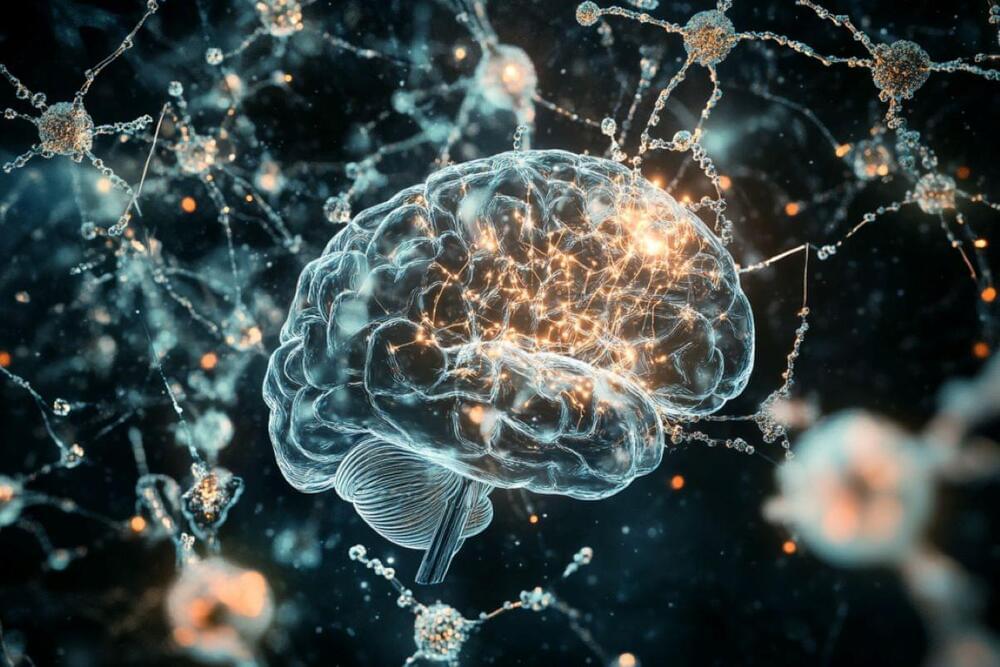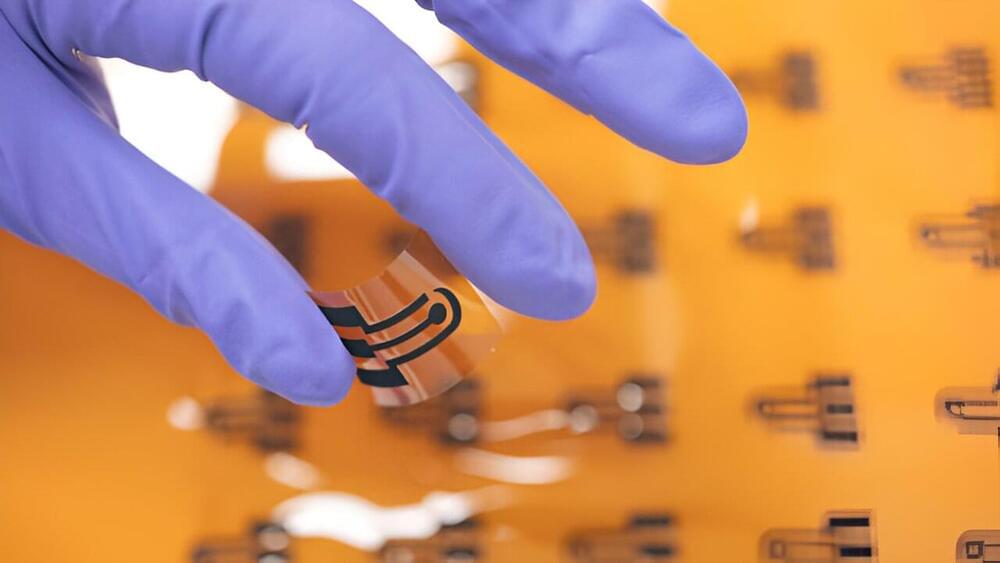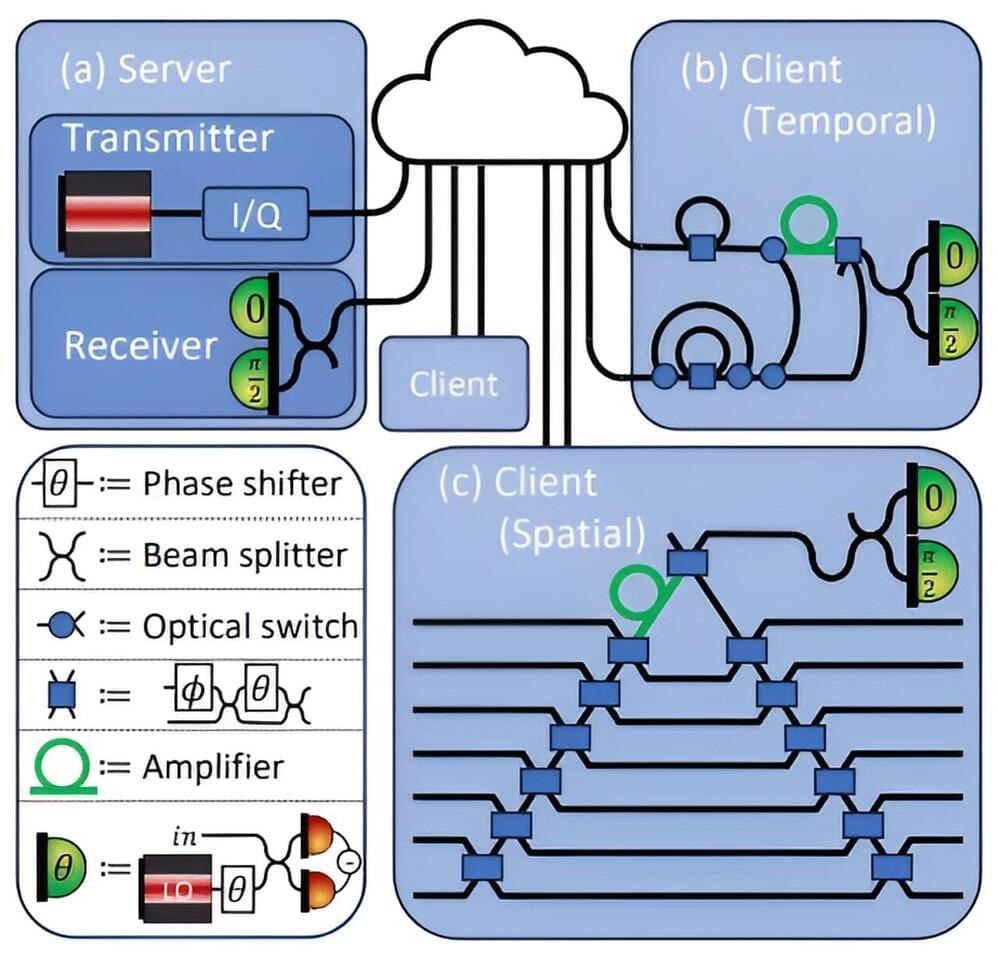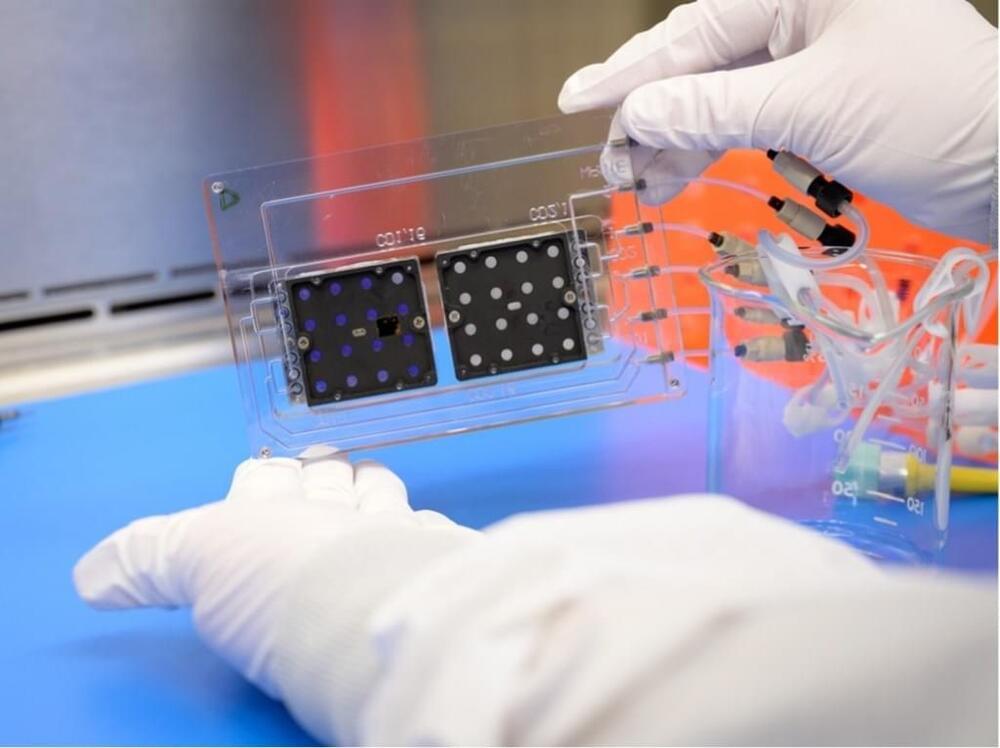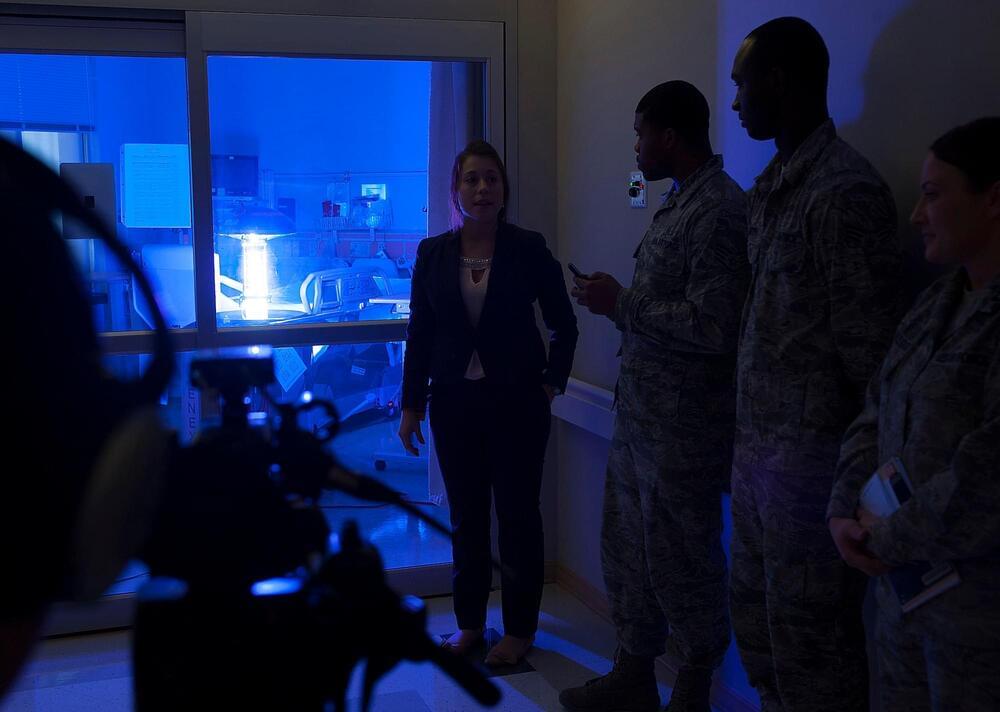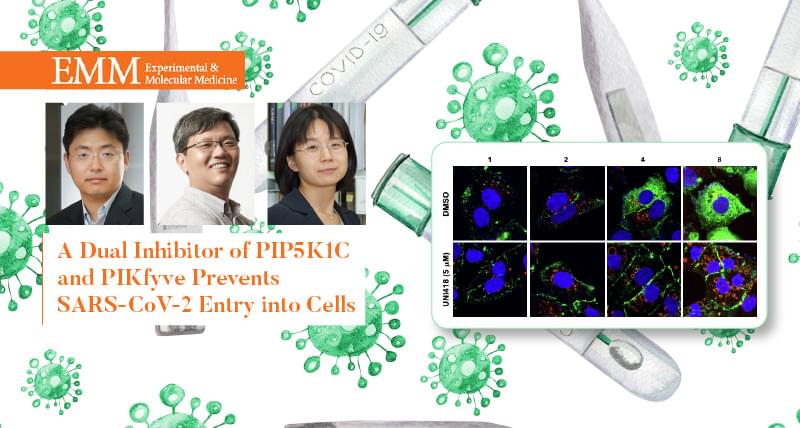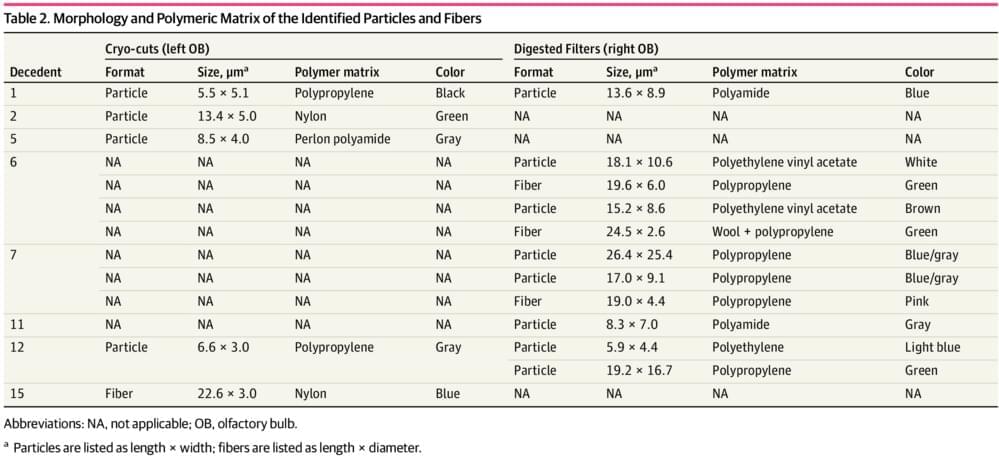Sep 30, 2024
Enzyme Key to Brain Function and Synapse Health Discovered
Posted by Paul Battista in categories: health, neuroscience
Summary: A new study reveals that the absence of the TRMT10A enzyme disrupts tRNA levels, leading to impaired protein synthesis and brain function. Researchers found that mice lacking the Trmt10a gene had decreased levels of key tRNAs, which affected neuronal synapses and cognitive abilities.
The findings suggest that while tRNA reduction occurs in multiple tissues, the brain is particularly vulnerable to its effects. This research could pave the way for new therapies targeting tRNA modification to treat intellectual disabilities.
